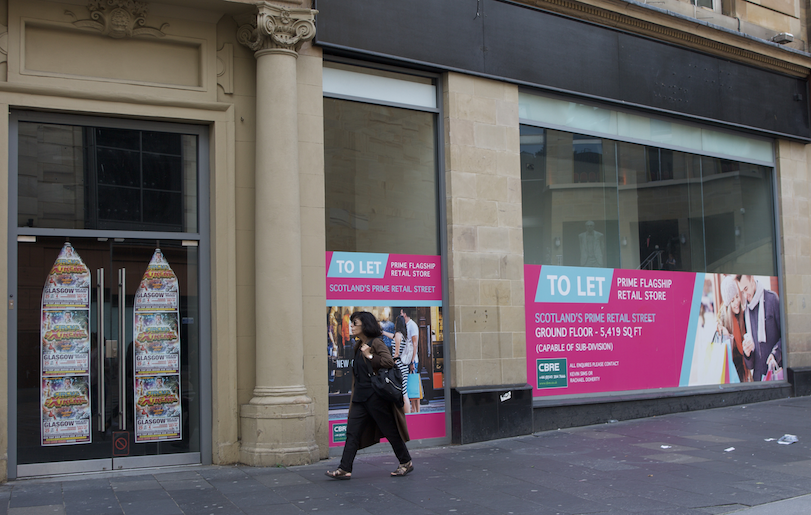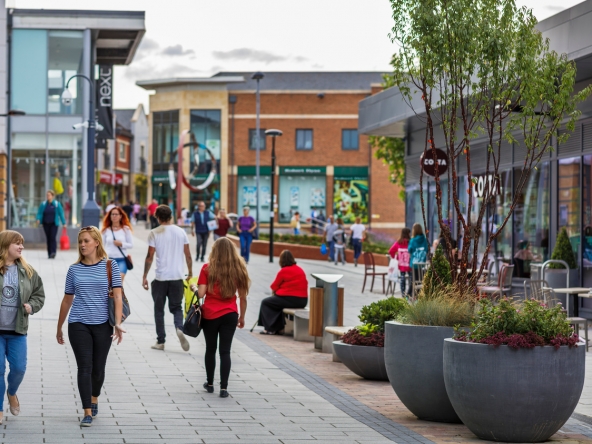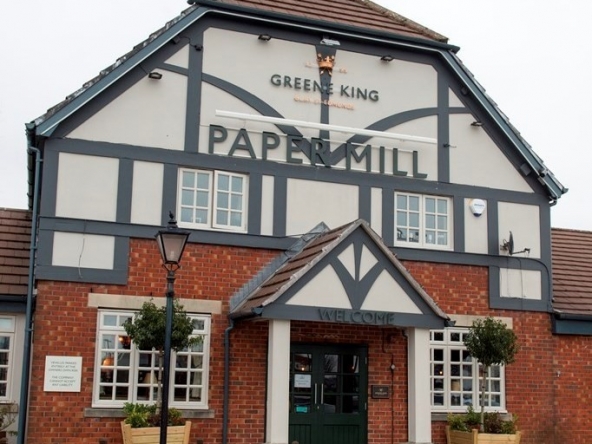Retail rightsizing and repurposing critical as vacancy rates hit 142M Sq Ft
The UK has 142m sq ft of vacant retail space, equivalent to 12.6% of all retail units, as widespread store closures continue to hit the sector.
Property Agent, Savills, says that without intervention, it is estimated that by the end of the decade as much as 308m sq ft (25%) of retail space could be redundant. Elsewhere it finds that there is 953m sq ft of upper floor or basement floor space in retail, much of which is underutilised, while there is 177m sq ft of low grade offices within retail places.
All of this highlights the critical need for retail to be rightsized and repurposed over the coming years.
Vacancy rates vary across retail pitches. The research shows that vacancy increases outside of the retail core of towns and cities, with 46% of empty units being within tertiary retail pitches (at the edge of retail destinations) compared to 15% in the primary retail pitch. The data demonstrates how retail provision has “shrunk or moved within high streets” causing marginalisation and more limited occupation.
The research also shows that there is an increasing proportion of vacant units that are empty for long periods of time, with 40% of vacant units having been empty for three or more years. This equates to 60m sq ft of space that is arguably no longer needed for retail and should instead be redeveloped or “retrofit to something of greater social and financial value”.
The opportunity for repurposing redundant retail space into alternative uses is growing significantly. Interest from the co-working, healthcare and medical, life sciences and education sectors continues to grow, with vacant retail space “offering innovative opportunities for each of these industries to expand into retail locations and provide renewed footfall into our towns and city centres”.
Planning policy has never been more supportive to assist changes in the sector. The recent amendments to use classes make it far easier to change between different kinds of uses. Flexibility and adaptability of use will be key for sustainability.
There are an increasing array of government funds to help get developments off the ground. The Town Fund is set to help improvement projects that would not have previously been possible, but more support is needed to help bridge the gap and increase viability. Joint ventures between landlords and specialist property developers with their own funding mechanisms are being brought into schemes to support areas outside of the expertise of the primary owner. Not least with the needs of local authorities who have invested in local retail assets to regenerate their own town and city centres.
Vacant retail units and department stores offer relatively large units in prominent locations, which provides the opportunity of being repurposed for laboratory uses. The generous floor-to-ceiling heights provides the ability to accommodate the necessary air handling plant to service laboratory space. As well as the larger units, a retail unit and associated floorspace above, which may include offices, is also worth considering.
Orb are currently advising on the former Debenhams department store in Swindon amongst other similar properties. If you need any help or advice with similar assets, please get in touch



